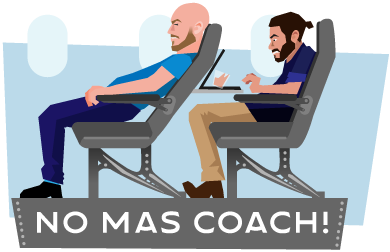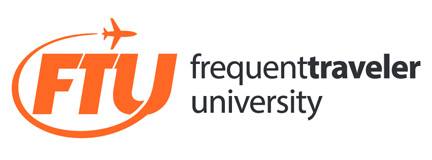Gatwick Testing New Boarding Process
Boarding an airplane can be one of the most stressful parts of the travel experience. People start crowding around the gate before the boarding process even starts. Once the process begins, even more people rush up to try to get space in the overhead bin. Add in 342 boarding groups, super secret Triple Plutonium Pro status, and confusing basic economy tickets and you end up with something like this:
 Norwegian Boarding
Norwegian Boarding
Boarding a plane shouldn’t have to be a huge mess, but right now it is. EasyJet hopes to put an end to that.
EasyJet to the rescue?
It’s not often that people consider a low cost carrier to be the answer to their problems. In most cases (but not all), they probably add to them. However, EasyJet wants to fix one of your problems by making the boarding process more efficient.
EasyJet is currently in the midst of a two-month trial to enhance the boarding process at London Gatwick airport. Early returns have been encouraging.
So, what’s different?
EasyJet, in partnership with Gatwick Airport is currently testing several different methods to improve their boarding process.
Boarding from the windows in
This idea has been thrown around for a while. The idea behind it goes like this: starting in the back, passengers board from the windows to aisles. Passengers in window seats board first, followed by middle seats and aisle seats. In theory, the idea makes sense. Starting in the back should reduce delays from people putting their bags in the overhead compartment. Starting at the windows should help reduce the waits from having to get up or climb over people to get to your seat.
Tests are already underway using this method, but early returns are promising. EasyJet says they’ve been able to board a 158-passenger Airbus A319 in 14 minutes. That’s 2-3 minutes faster than usual.
“Bingo boarding”
 Gatwick “Bingo Boarding” (courtesy of Gatwick Airport)
Gatwick “Bingo Boarding” (courtesy of Gatwick Airport)In addition to EasyJet’s boarding trial, Gatwick Airport is also working on something called “bingo boarding”. Bingo Boarding is focused on the visual aspect of boarding, rather than the process itself. How many times have you been at an airport and needed a translator just to understand what’s being said over the PA system?
Instead of (or in addition to) the traditional announcements over the loudspeaker, Gatwick wants to have screens display the boarding process like in the picture above. Their goal is to make the boarding process clear and easier to understand, reducing clutter and confusion at the gate.
Who stands to benefit?
As passengers, any improvement to the boarding process would be a welcome change. Less time at the gate means more time in a lounge or at least not trapped in a metal tube. Would anyone here really want to get on the plane sooner if you didn’t have to?
Make no mistake though, this would be a huge benefit for the airline too. The less time a plane has to spend on the ground, the more money the airline stands to make. While a few minutes might not sound like that much, multiply those few minutes over the course of a year and hundreds of planes and…well you get the picture.
Final Thoughts
While airlines have tried to make changes to the boarding process in the past, they’ve generally ended up making the process more confusing than before. You’d think with the advances in technology and data, someone would have finally figured out the best way to board passengers. Hopefully, this is finally a step in the right direction.







November 7, 2019
Much of the boarding chaos was self inflicted by the airlines when they introduced such savage pricing on checked baggage. If you ask passengers crowding around the boarding line, their top concern is finding bin space. It’s a joke to stuff anything under the “seat in front of you” when doing so means your feet go from zero room to negative room. How many times have you been at the gate where the agents are compelled to over “free bag” check because they can already see a problem. Notice that boarding is slower now in the “check bag fee” world when compared to what it was before? Once again, the airlines are looking to the PAXs to be the solution to the very problems they continue to created.